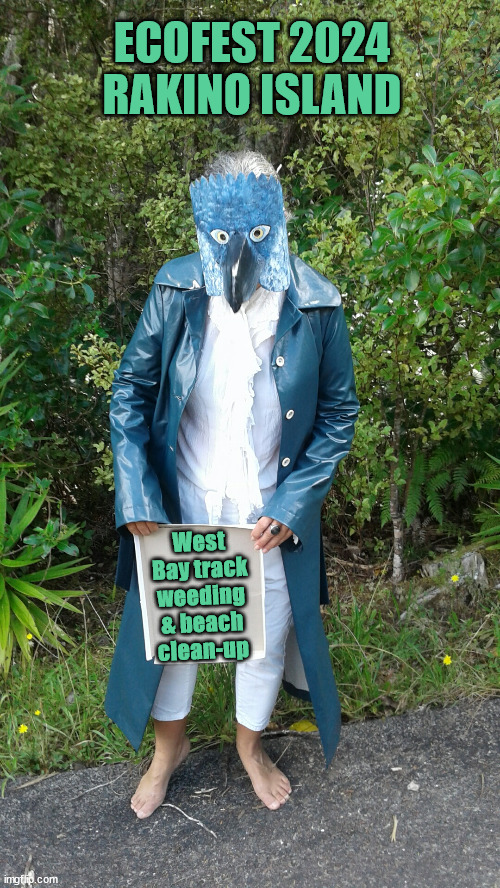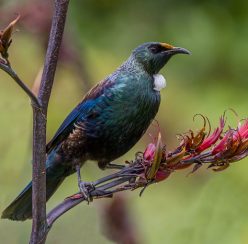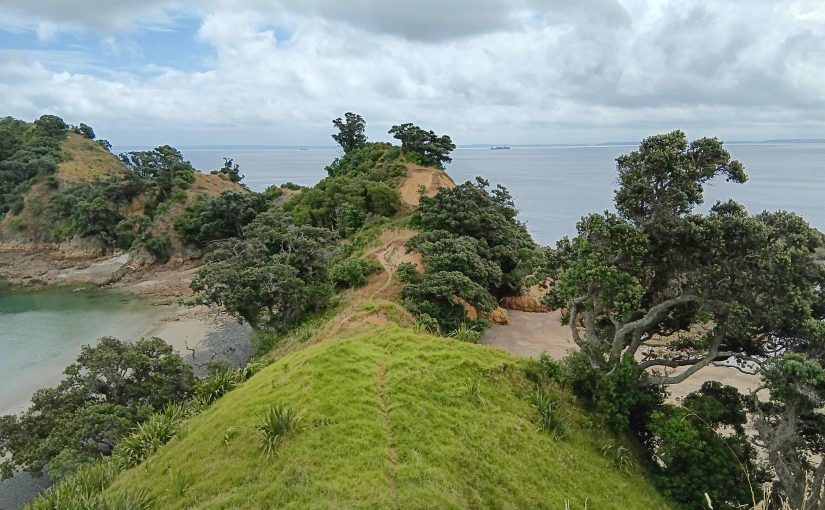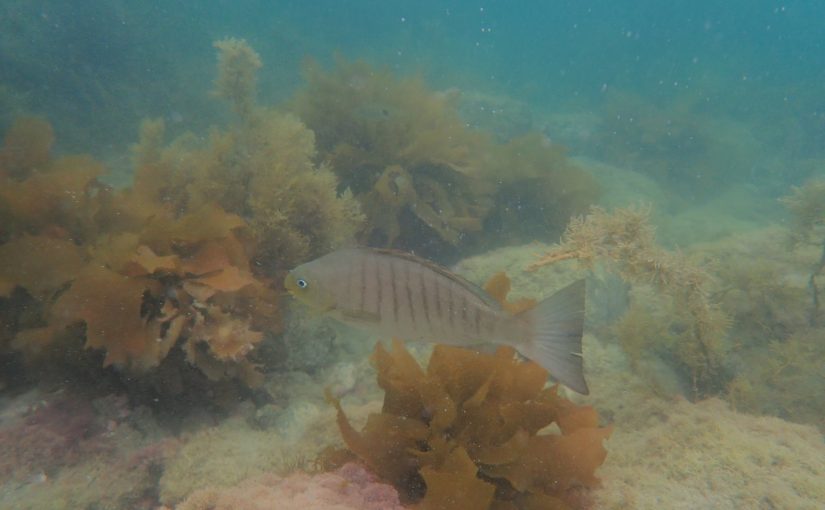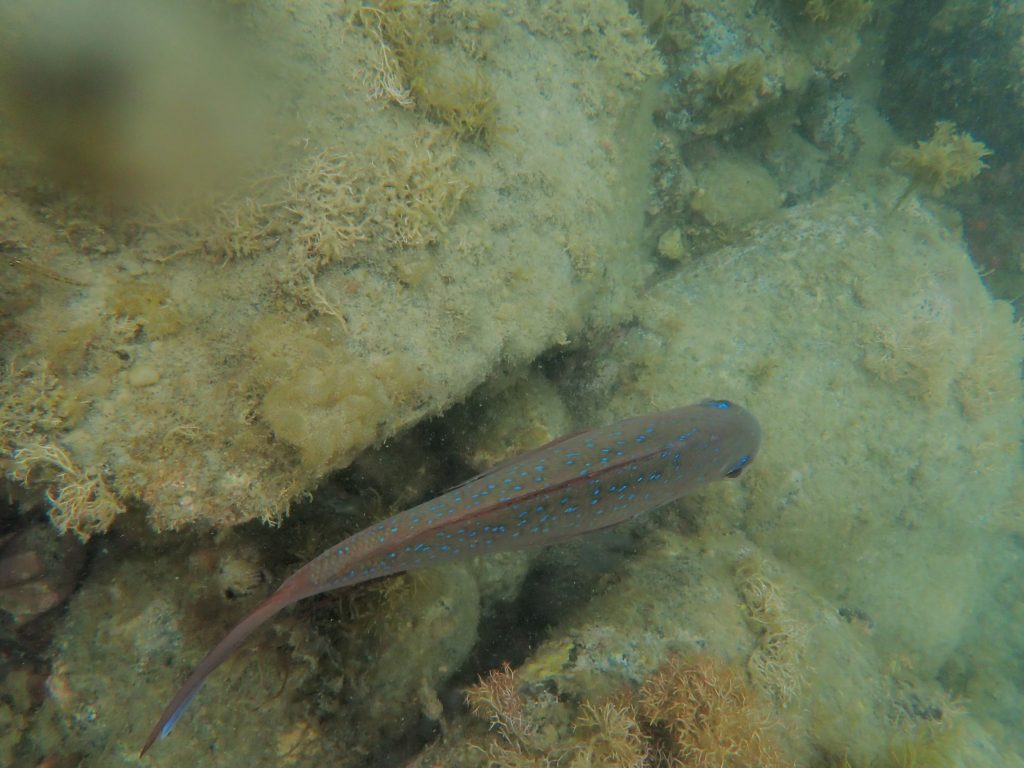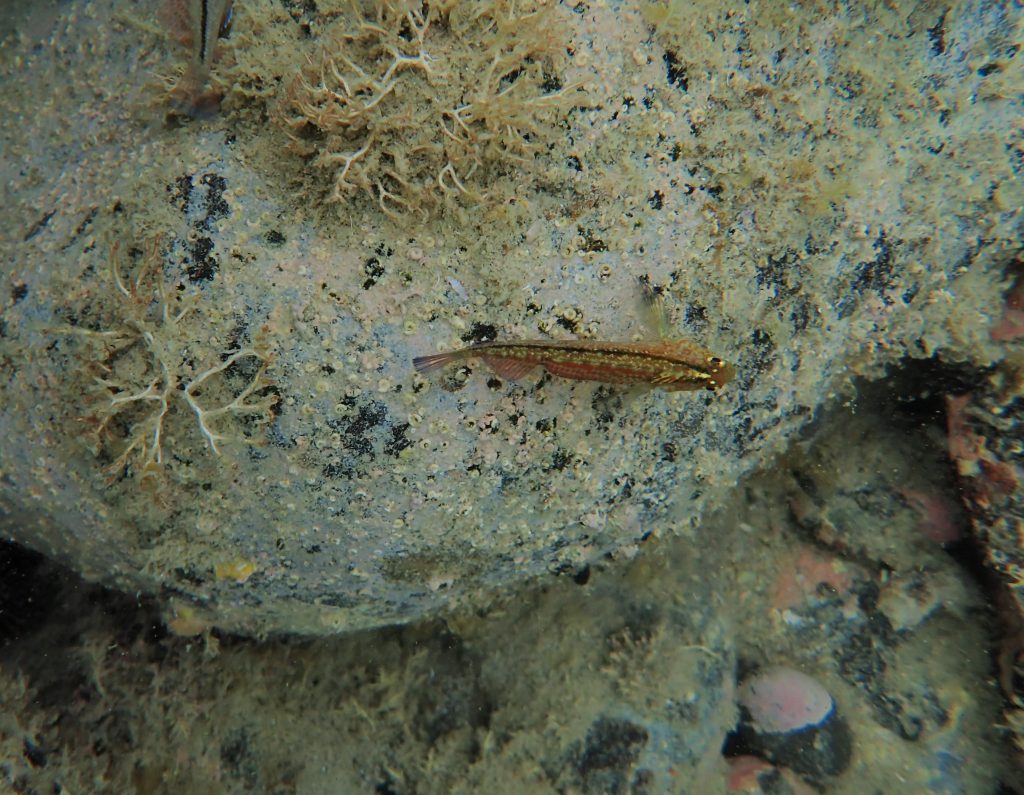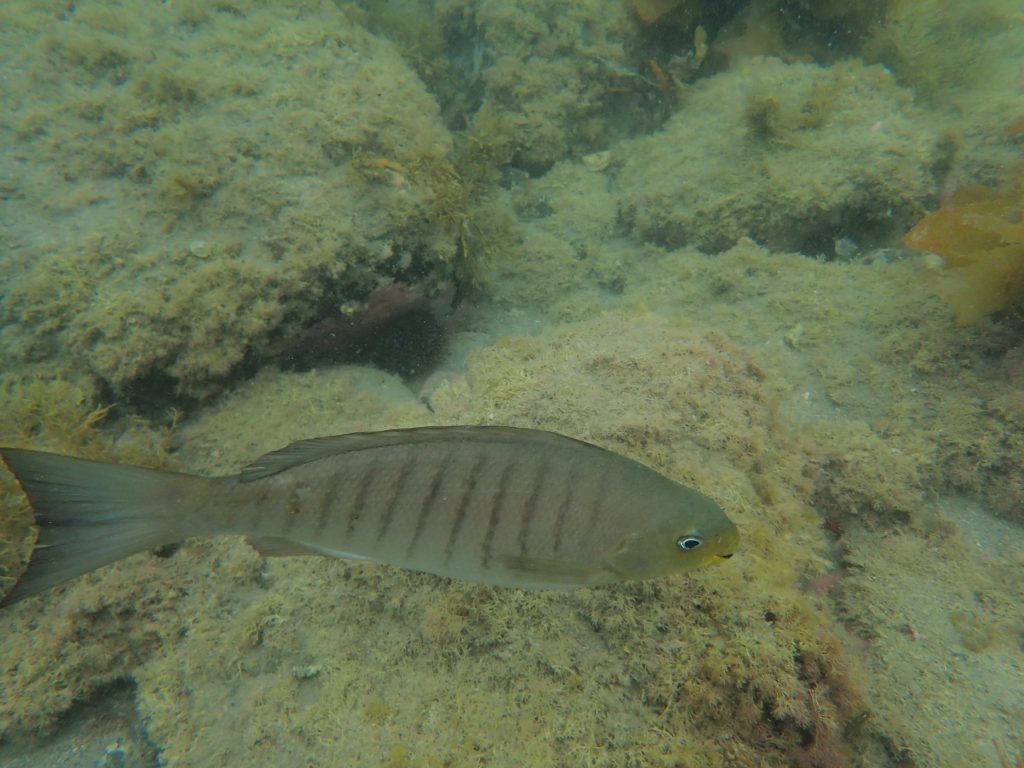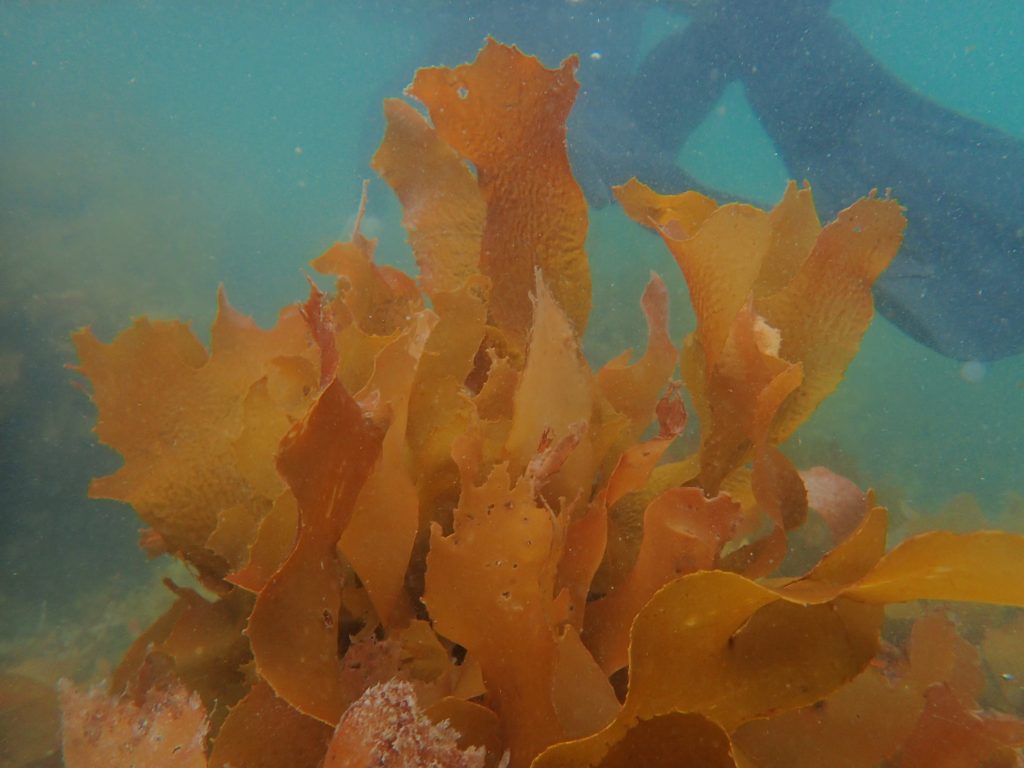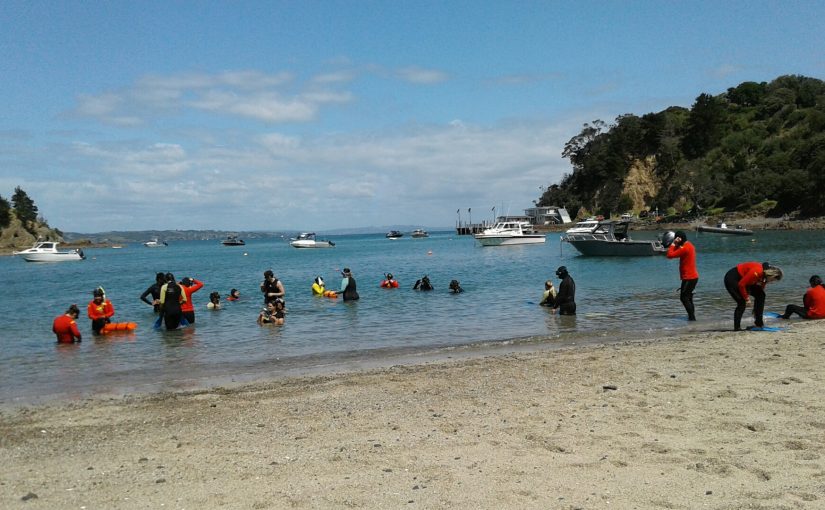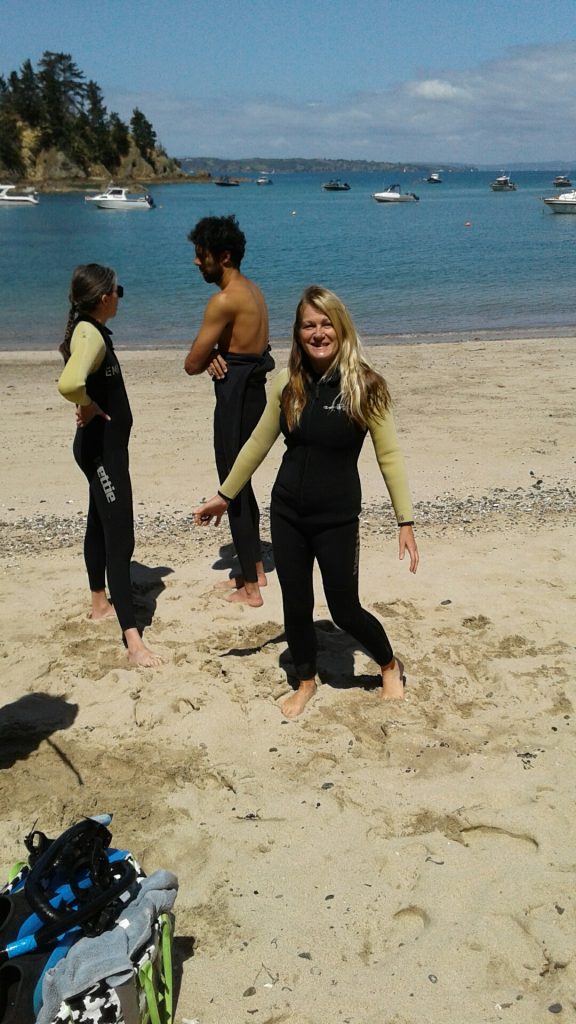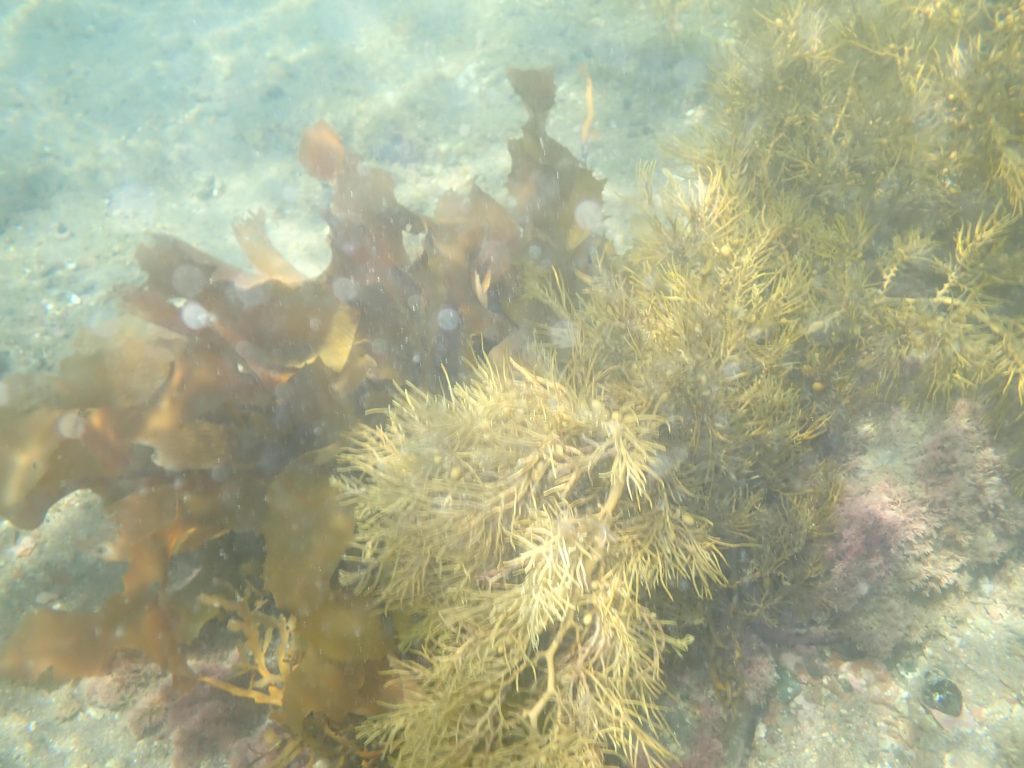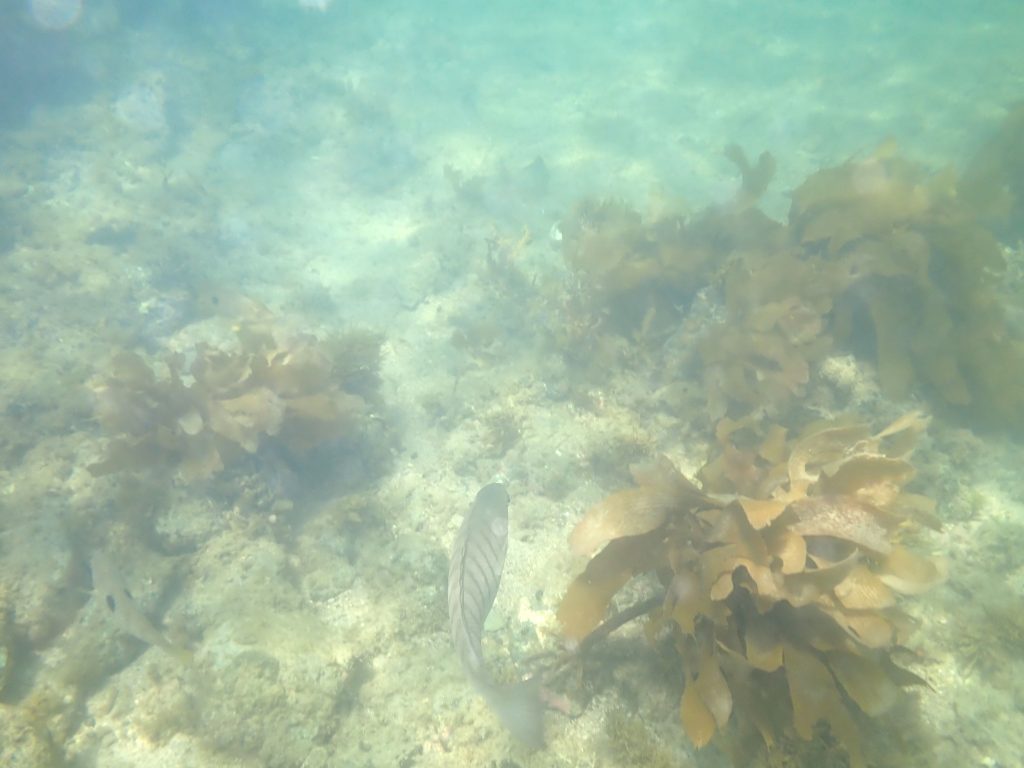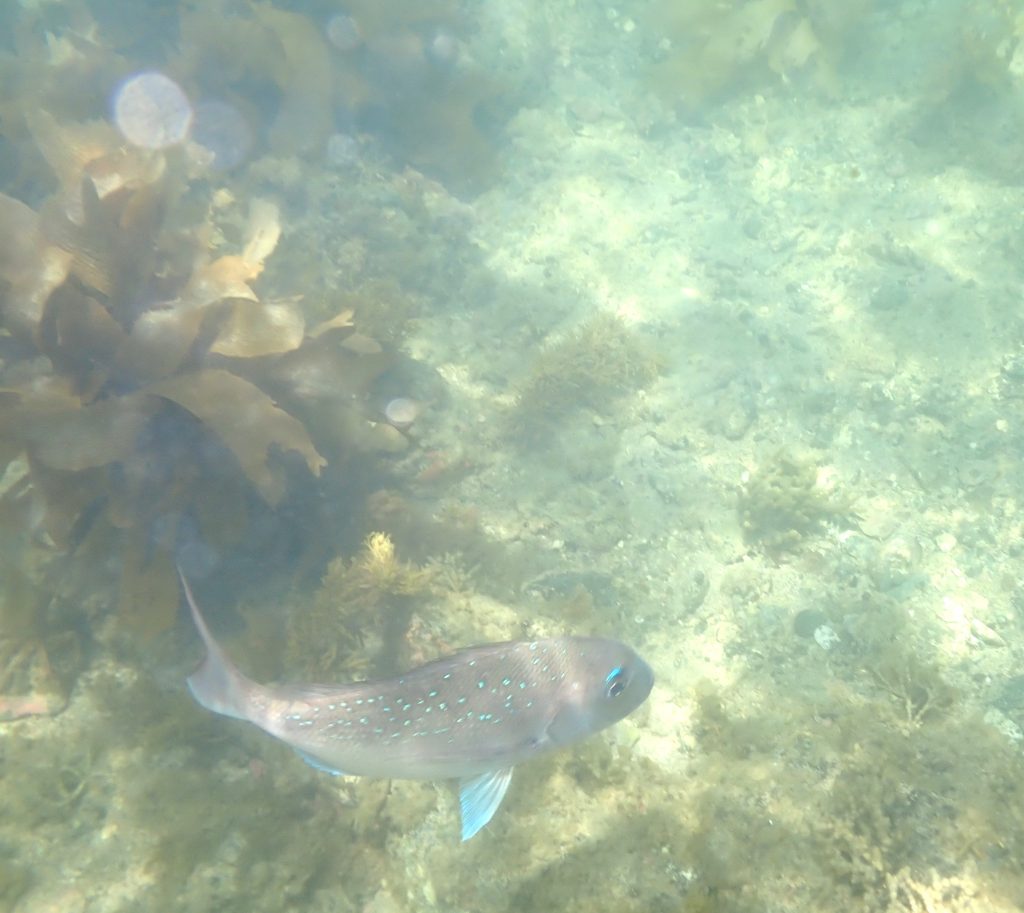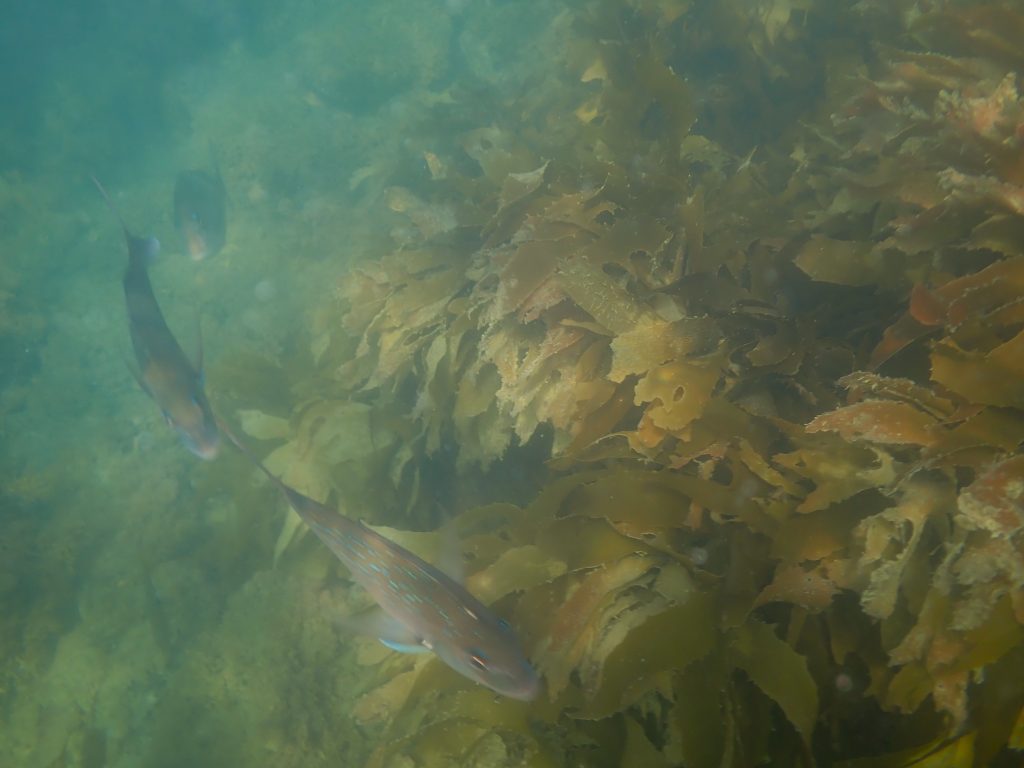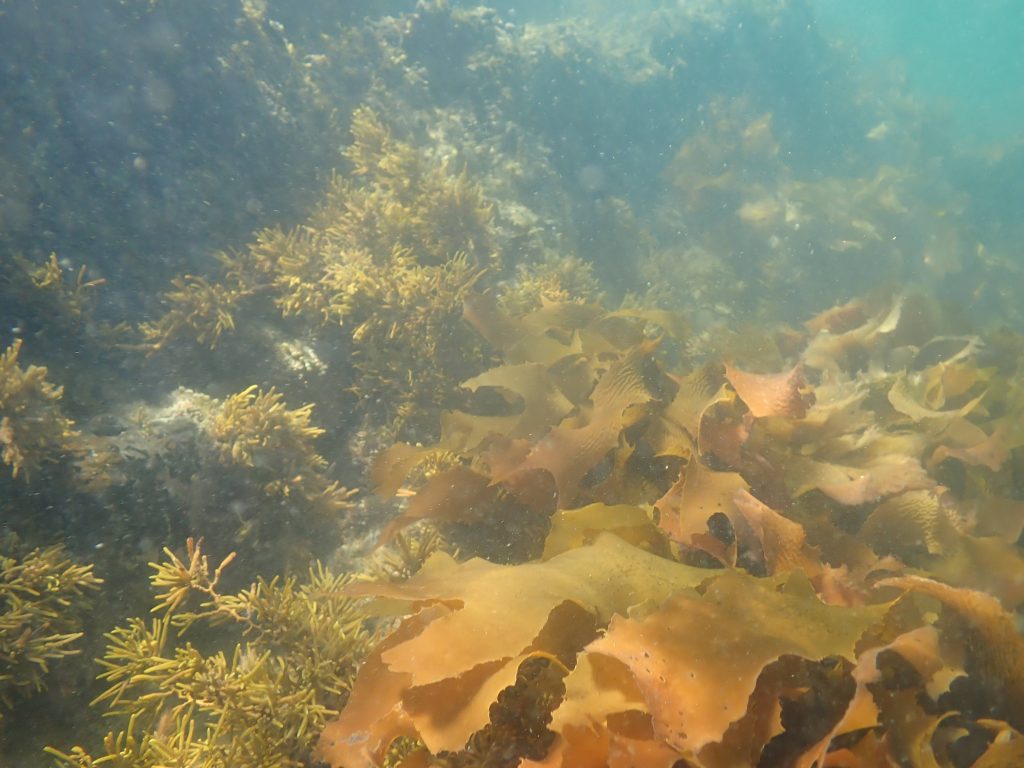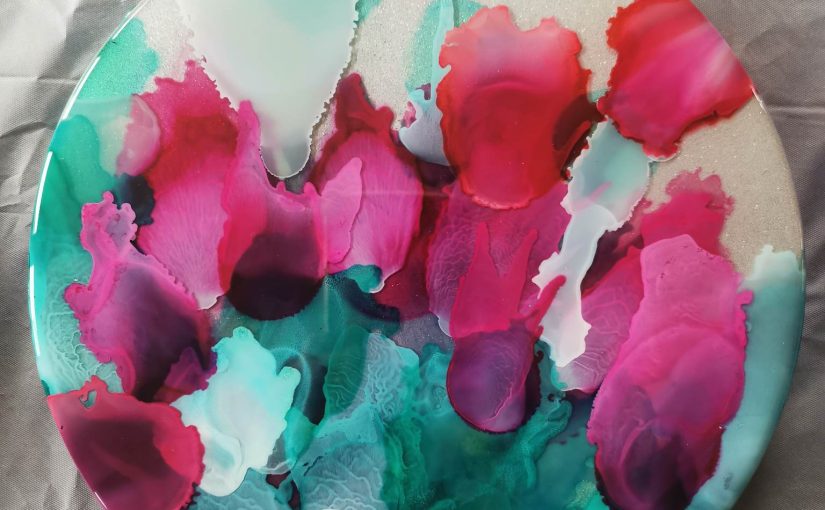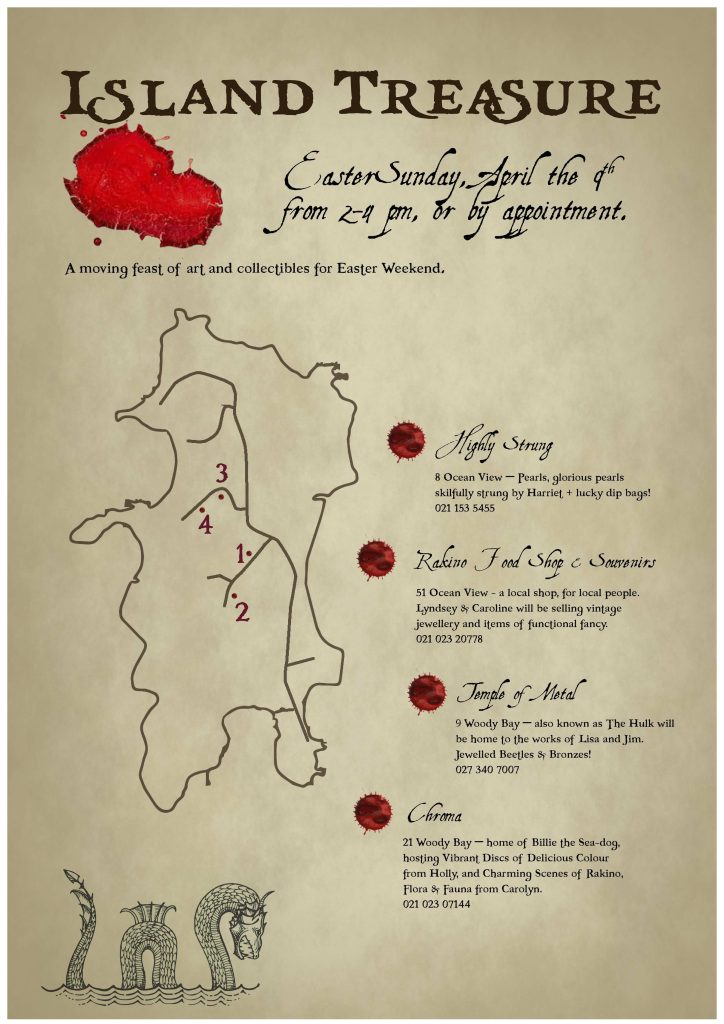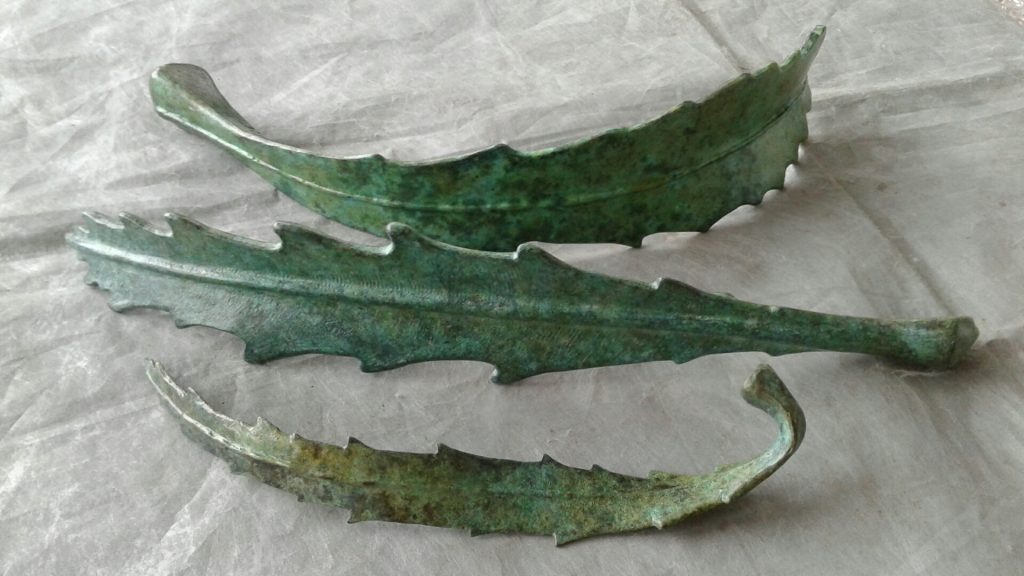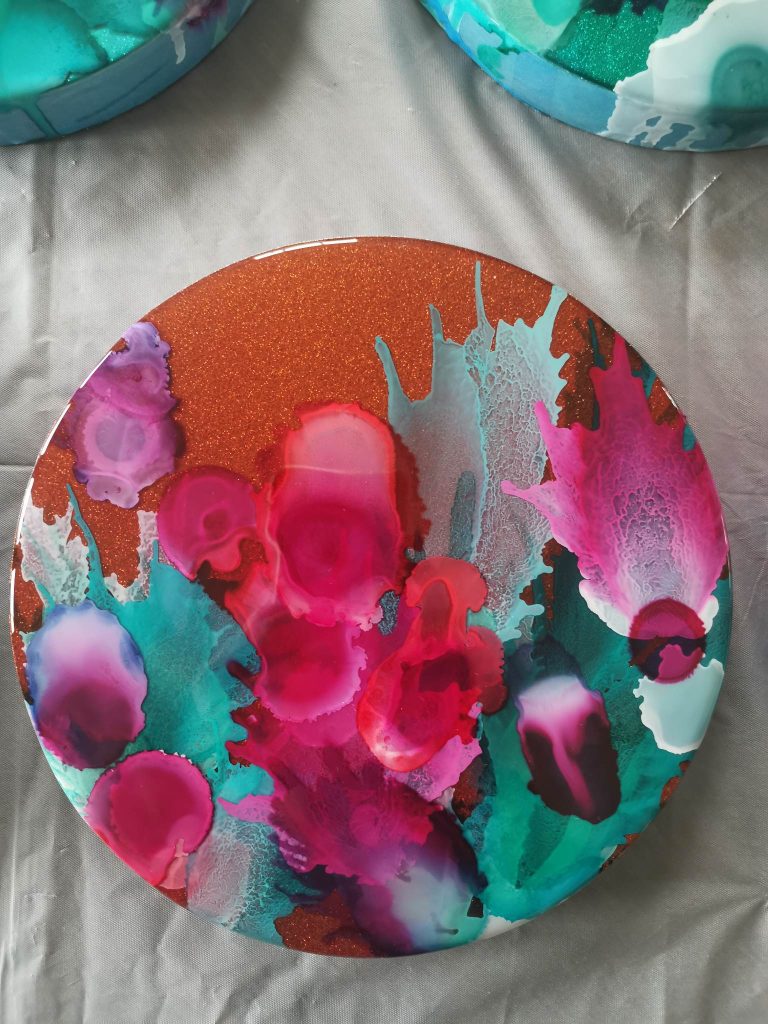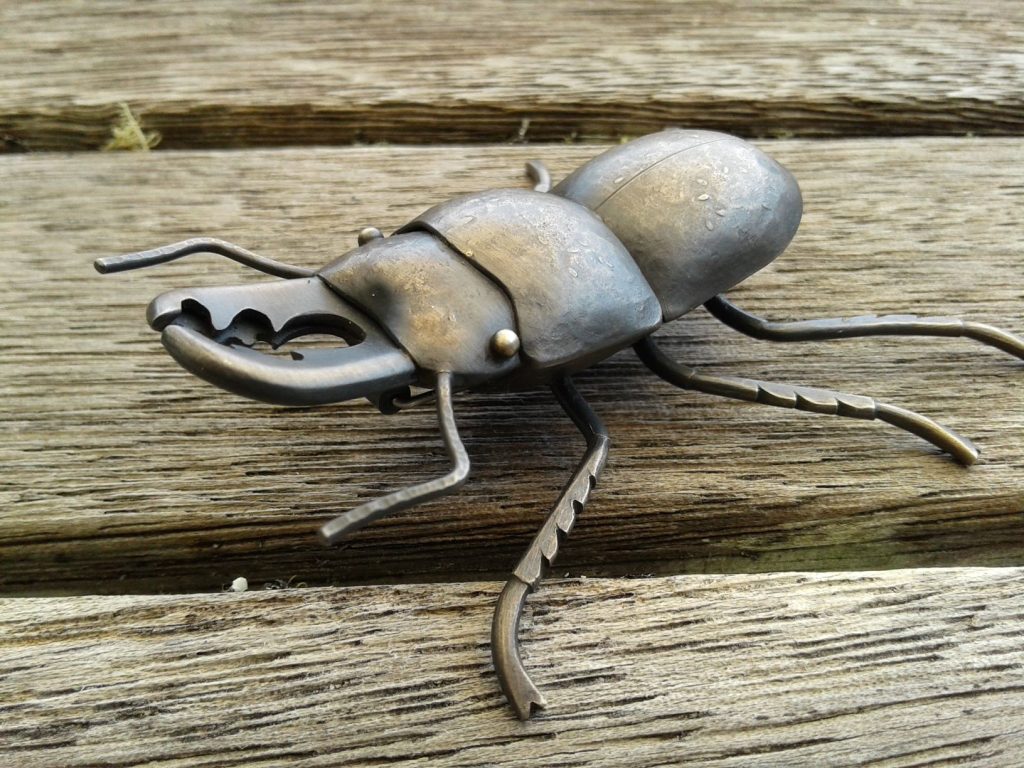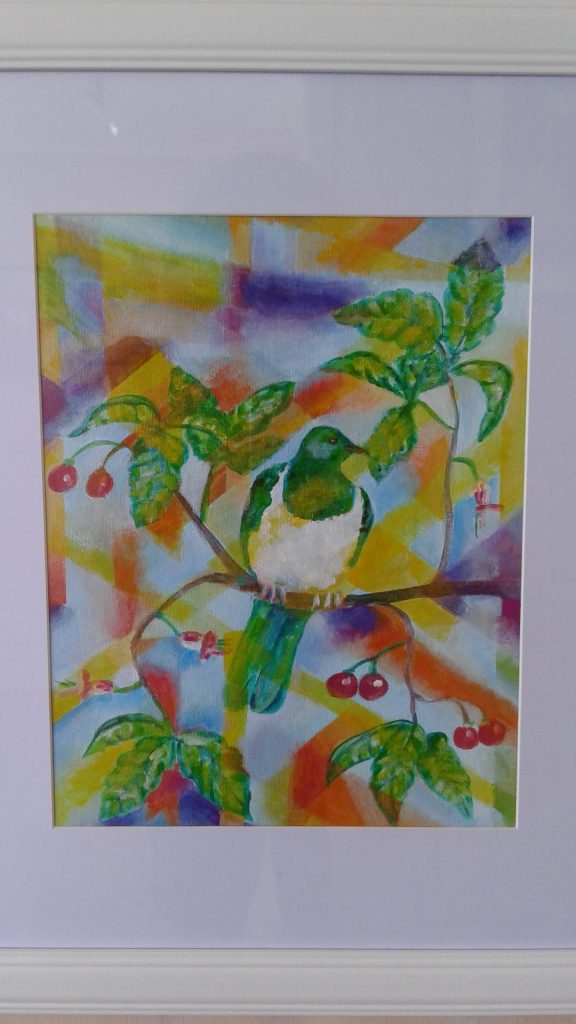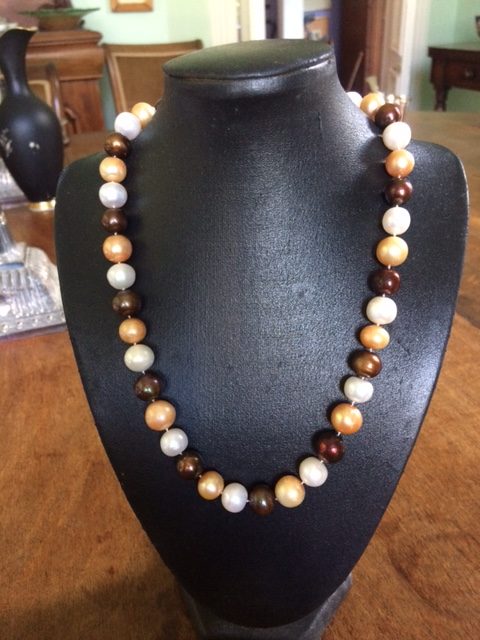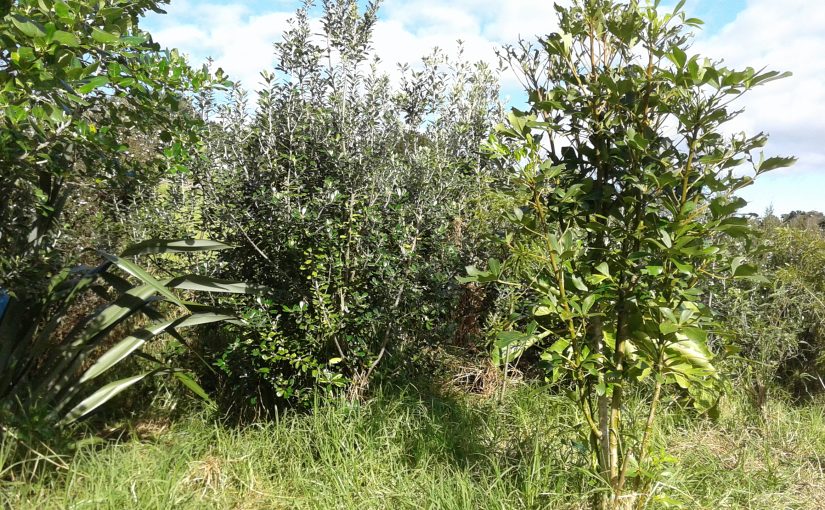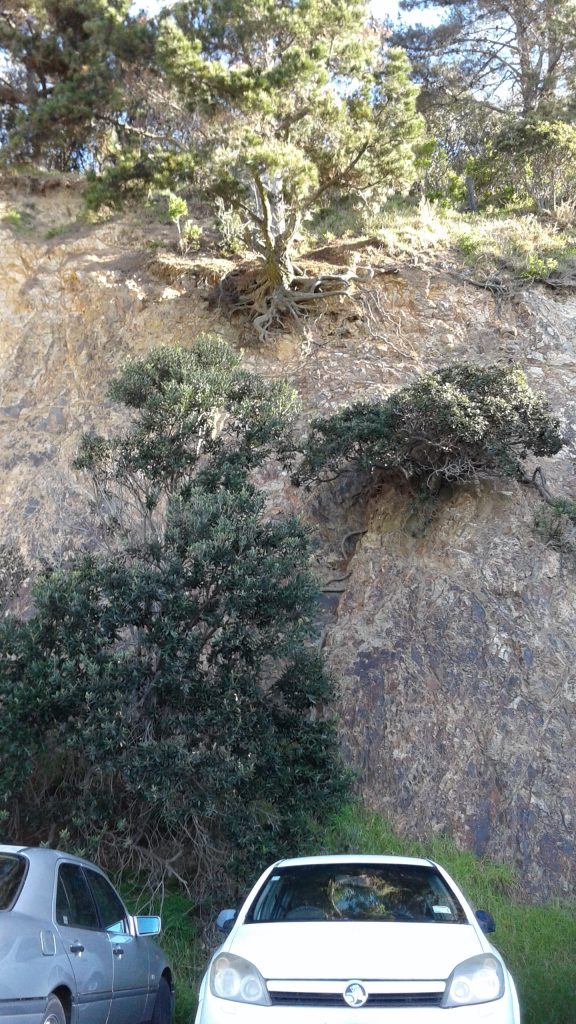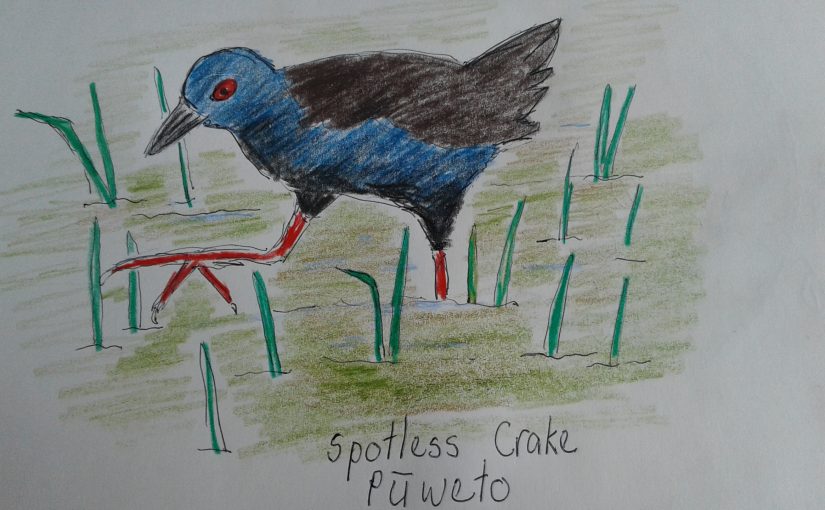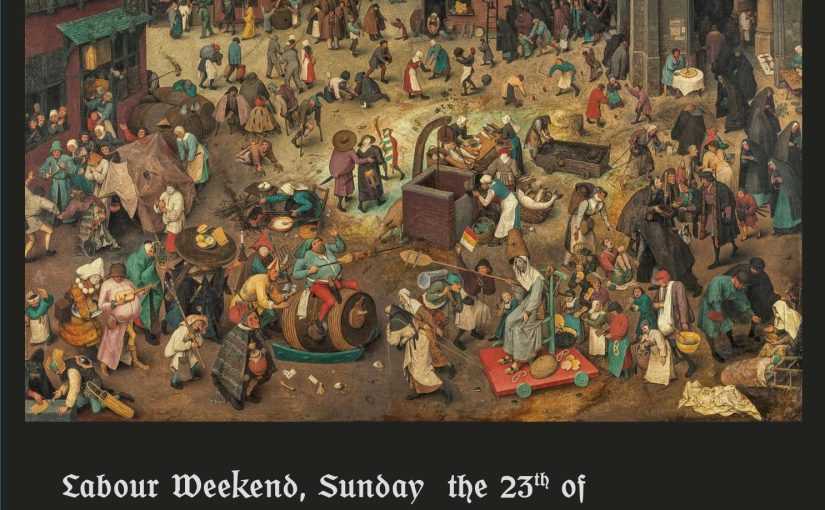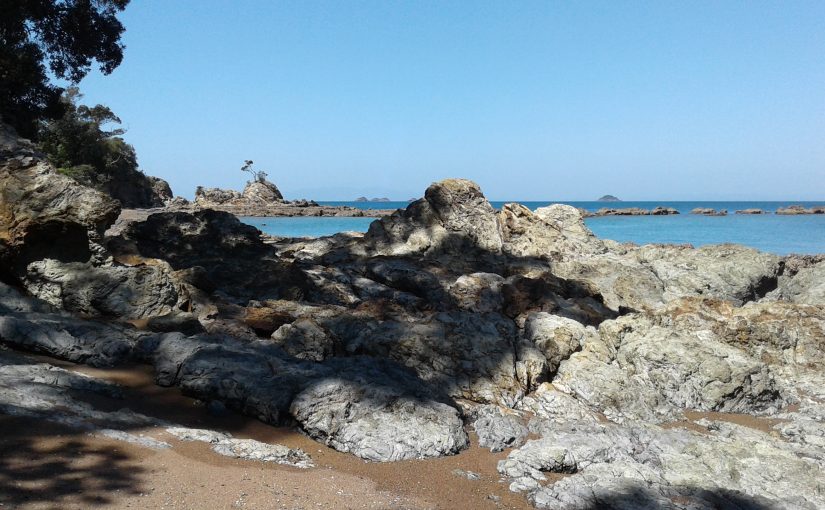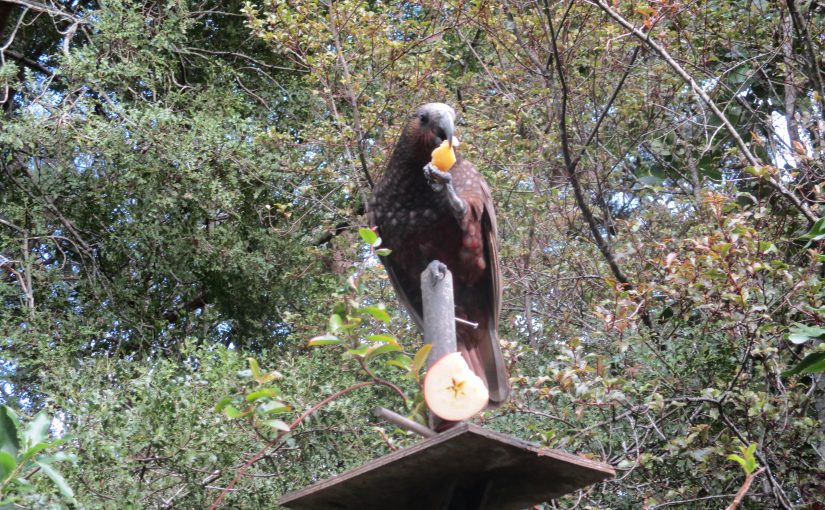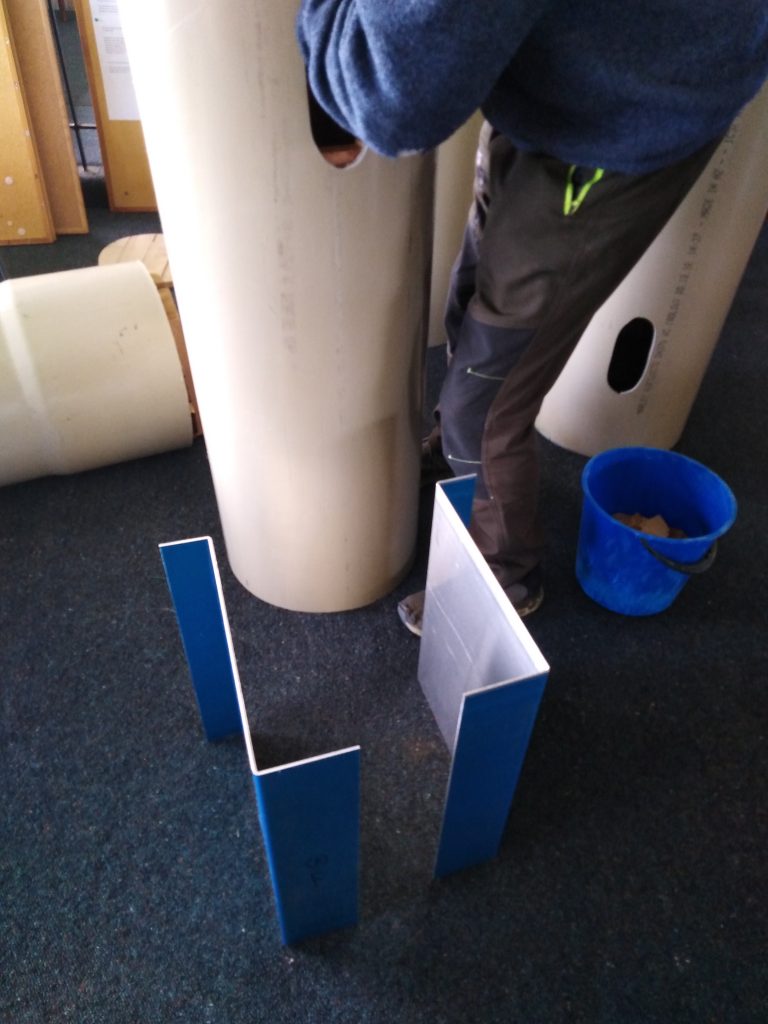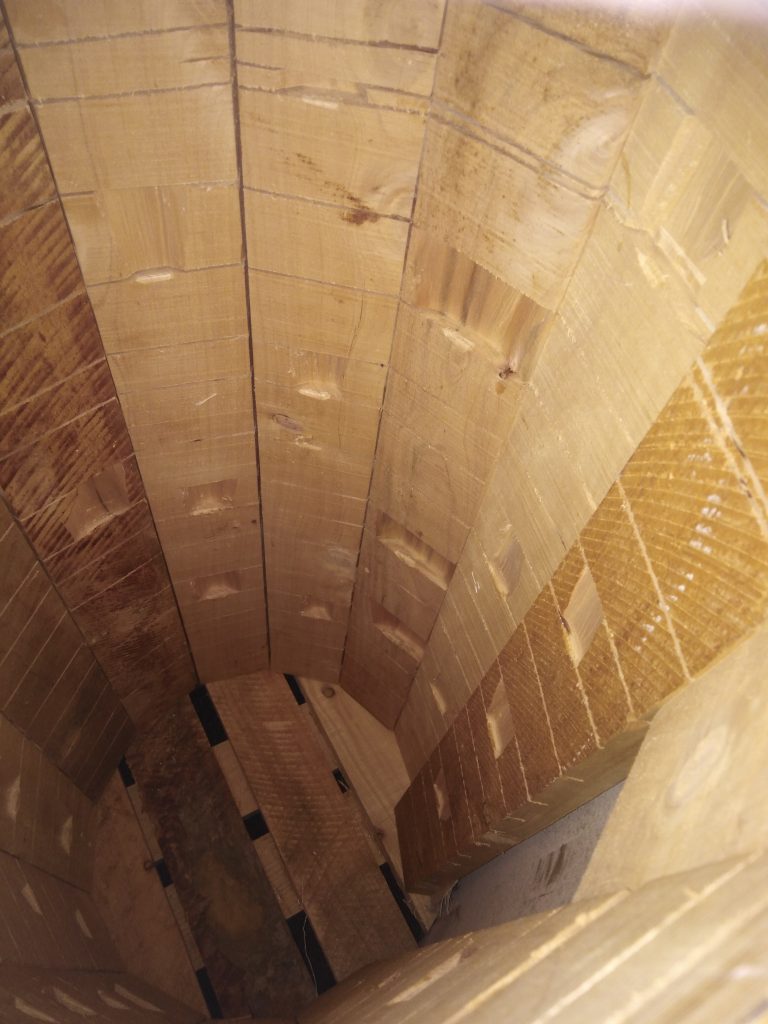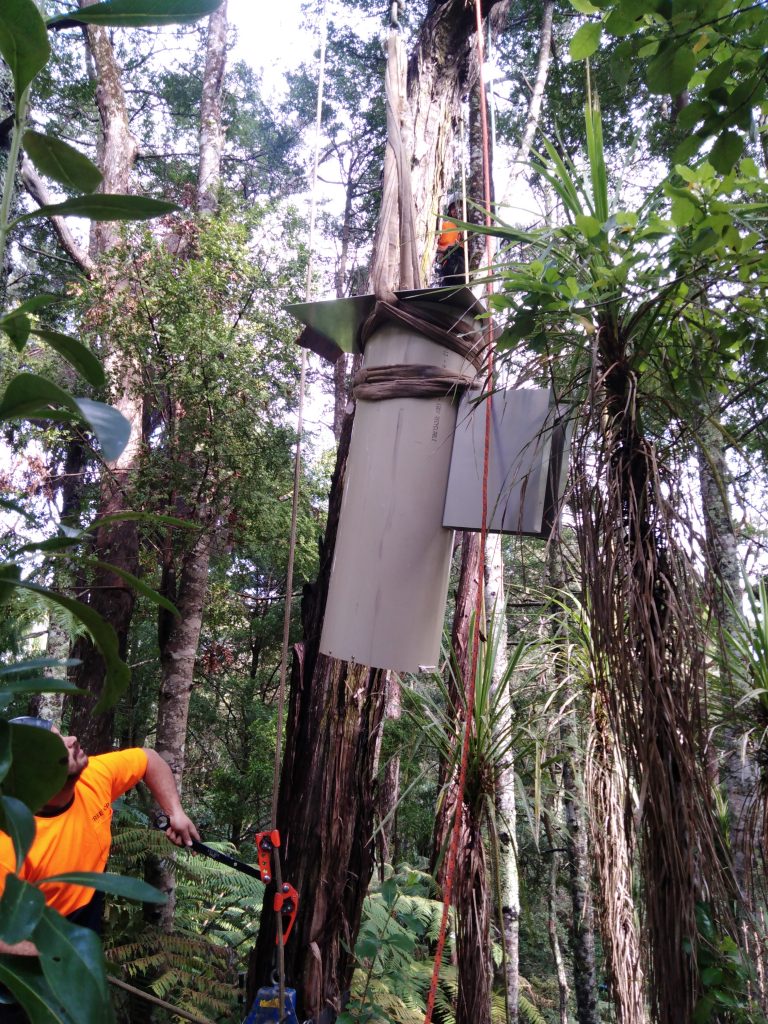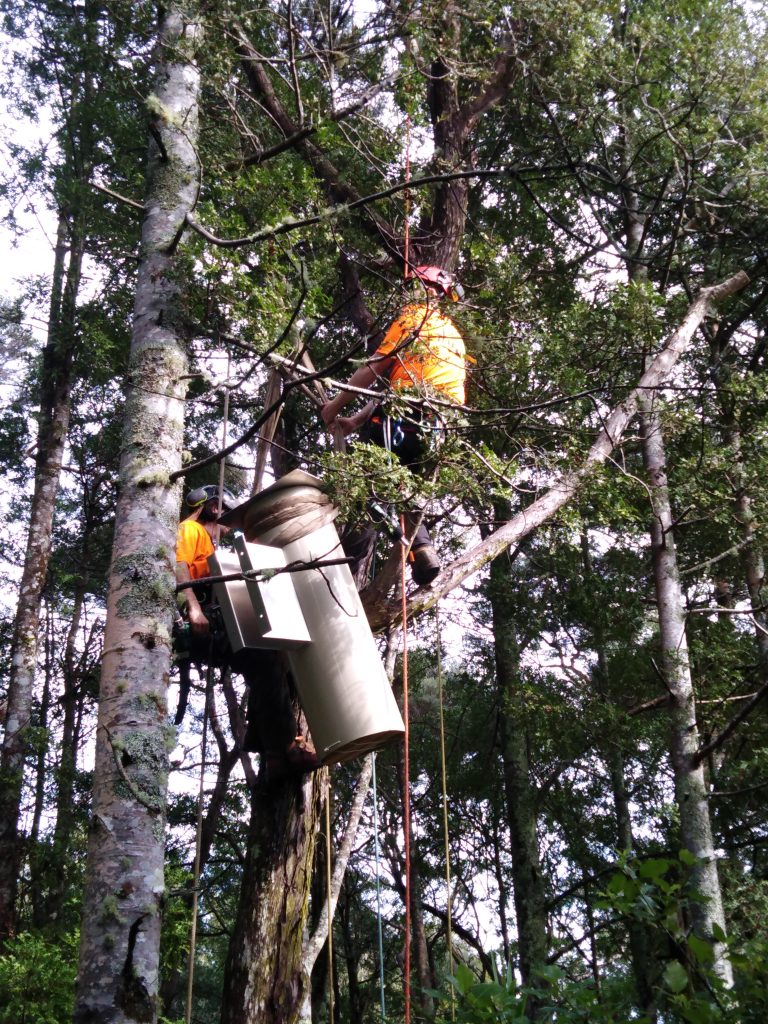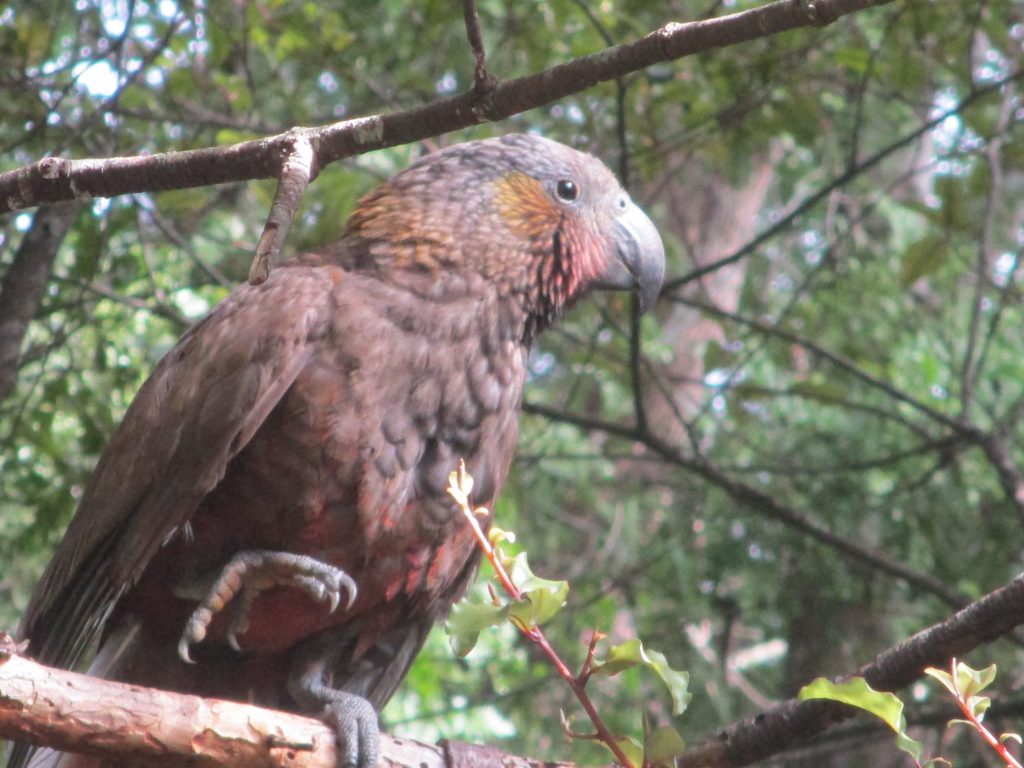The following is a transcript of a very difficult to secure interview with a Spotless Crake. No photographs were taken in accordance with his wishes.
Me – So, Pūweto, you’re an unlikely candidate for a celebrity interview because you’re famously reclusive. I’d consider you the Howard Hughes of the bird world, except of course, you’re not much of a flier…
Pūweto – pit-pit-pit-pit (scuttles into undergrowth)
Me – Okay, this doesn’t have to be face to face. If you’d feel more comfortable hiding in the muehlenbeckia while you tell me a bit about yourself that’s fine.
Pūweto – Pock!
Me – Oka-a-a-ay. You’re renowned for being cryptic, sort of mud-coloured and blue-ish, and you have glowing red eyes. Great stuff! Anything else you’d like the punters to know?
Pūweto – Well, okay, I agree to the interview, but NO pictures. Agreed?
Me – Chance would be a fine thing.
Pūweto – Exact numbers of Spotless Crakes in NZ aren’t known because we’re so secretive, and crepuscular which is an excellent word meaning active at dawn and dusk. There are a few of us on Rakino, and I’ve got cuzzies on Tiritiri Matangi, and Great Barrier as well as around various bits of wetland in the upper North Island and other offshore islands. Basically we like lurking in reeds and raupo in swamps where humans aren’t. You guys know hardly anything about us, and given we’ve gone into serious decline since European arrival you probably won’t find out either. (makes a sound like a pelican gargling frogs)
Me – Wow, touchy. How can I help?
Pūweto – Since you ask, for starters you can stop draining our wetland habitats for human activity. When you’ve stopped doing that you can replant the wetland plants you destroyed so we’ve got some plant-based food to eat, and then you can get rid of all your introduced predators so they won’t kill us, eat our eggs, and eat our protein source of invertebrates. M’kay?
Me – You’re quite sarcastic for a small uncharismatic bird. How did you do in Bird of the Year? I heard that in 2021 you came last….
Pūweto – RU-U-U-U-UDE! Some radio hosts made up a cool song about us in 2022, so we didn’t come last. FYI the Shining Cuckoo came last, quite rightly, the obnoxious little usurper.
Me – (trying to steer interview back to less troublesome territory) Umm, I think we may have got a little off-track. Which particular predators are the biggest threat to you?
Pūweto – As you so pointedly alluded to earlier, we’re not known for our soaring flight, so pretty much all of them, but most especially cats, dogs, mustelids, and rats. You humans have got a lot to rectify. Pock!
Me – Okay, thanks for your time. I’m going to plant a lot of carex in the stream for you next planting season, so hopefully our next encounter won’t be so fraught, though I understand your irritation. Please enjoy the rest of your day unmolested. 🙂
Spotless Crakes are found in a number of damp locations around Rakino.
According to DoC “They are a potential indicator of wetland health because they are dependent on the presence of high quality and ecologically diverse habitats and rich food supplies.”
This makes me feel happy in the knowledge that if you plant it they will come. Definitely time to get those native aquatic plants into the ground though…
